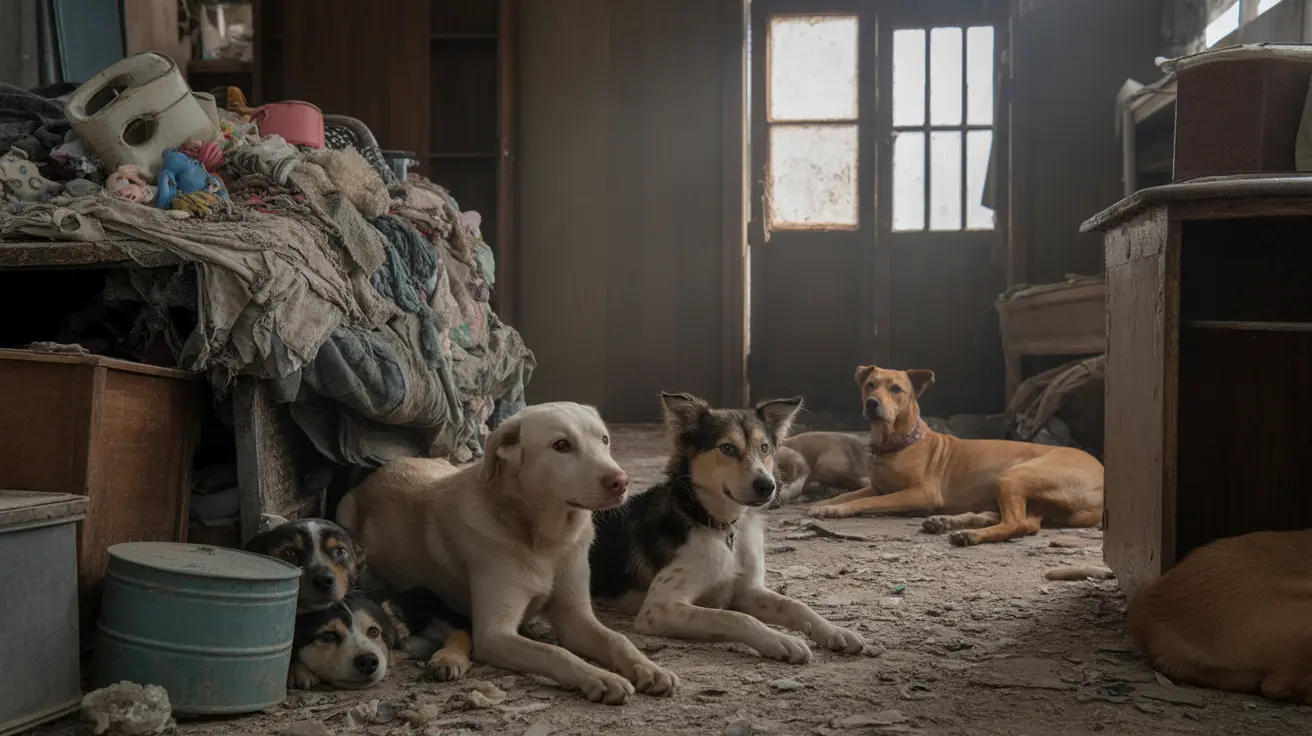Impact on Animals and Resident Safety
The discovery revealed numerous animals living in unsanitary conditions, highlighting a severe case of animal hoarding that had apparently overwhelmed the property. The presence of over 200 animals in a residential setting created hazardous living conditions for both the animals and the elderly resident.
Health Risks in Hoarding Situations
When animals are kept in overcrowded conditions, the risk of zoonotic diseases increases significantly. Poor ventilation, accumulated waste, and inadequate care can create an environment where both animals and humans are exposed to various health hazards.
Warning Signs and Intervention
This case underscores the importance of recognizing early warning signs of animal hoarding:
- Accumulation of animals beyond capacity to provide adequate care
- Deteriorating living conditions
- Isolation of residents
- Denial of problems despite obvious issues
- Overwhelming clutter and debris
The Role of Licensed Wildlife Rehabilitators
Licensed wildlife rehabilitators typically provide temporary care for injured or orphaned wildlife with the goal of release. When these professionals face challenges maintaining appropriate standards, it's crucial for regulatory bodies to ensure proper oversight and support.
Impact on Vulnerable Adults
The presence of an elderly resident trapped by debris highlights how animal hoarding can severely impact vulnerable adults. Mobility limitations, health risks, and social isolation often compound the challenges faced by elderly individuals in hoarding situations.
Legal and Mental Health Considerations
Animal hoarding cases often involve complex mental health components that require comprehensive intervention. Understanding the intersection between animal cruelty laws and mental health support is crucial for addressing these situations effectively.
Frequently Asked Questions
What are the warning signs of animal hoarding, and how can I report it in New York?
Animal hoarding warning signs include numerous animals in poor condition, strong odors, unsanitary living conditions, and denial of problems by the caregiver. To report suspected cases in New York, contact local animal control, police department, or SPCA.
How does animal hoarding affect health and safety?
Animal hoarding creates serious health risks through poor sanitation, increased disease transmission potential, and unsafe living conditions. Both animals and humans can suffer from respiratory issues, infections, and injuries related to overcrowding and neglect.
What should I do if I suspect an elderly person is at risk in an animal hoarding situation?
If you believe an elderly person is at risk, contact adult protective services in your area immediately. You should also reach out to local animal welfare authorities to address both the human and animal welfare aspects of the situation.
The discovery of this severe animal hoarding case serves as a reminder of the importance of early intervention and proper oversight in animal care situations. It also highlights the need for comprehensive support systems that address both animal welfare and human mental health components in hoarding cases.
When communities remain vigilant and report concerns promptly, there's a better chance of preventing such situations from escalating to this level of crisis. Understanding the warning signs and knowing how to report suspected cases can help protect both animals and vulnerable individuals from the devastating effects of animal hoarding.






